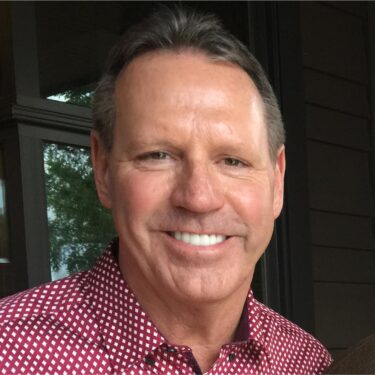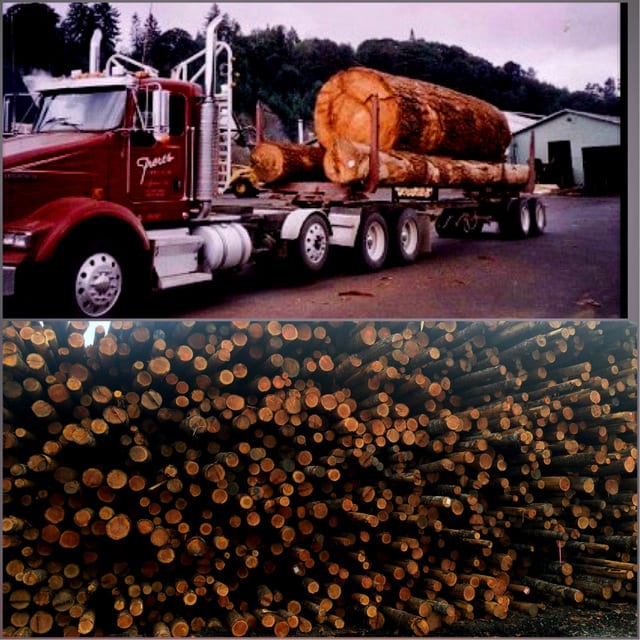June 13, 2016
By: Nicole Miller, public relations consultant

“We have invested an average of $6M annually in technology for the past dozen years to stay competitive so we can continue to provide for our employees, as well as our community.” – Rob Freres
Tell me how key laws or regulations have shaped your business over the past few decades.
When the spotted owl was listed as threatened under the Endangered Species Act in 1990, Freres Lumber Company’s log sourcing changed in a dramatic way. Prior to the Act, half the logs harvested in Oregon came from public sources, half from private sources. Our company was nearly 100% dependent on public timber sales at the time.
The Act resulted in the closure of hundreds of mills, reducing the competition for logs and causing a severe supply and demand imbalance from 1990-1995.
Since that time, competition has been increasing. The mills that remain have modernized to consume higher volumes of logs and adopted practices that can more effectively manage our forests by removing what we grow each year, just like a farm would do with a crop. We are tree farmers, you know.
Today, Oregon’s log sales are 90% from private sellers and 10% from government sales. Our company is unique in that over one half of our log usage comes from purchasing government sales

In 2007, the State of Oregon’s business energy tax credit promoted renewable energy initiatives across the state. In response to this, Freres Lumber formed Evergreen Biopower, LLC, installing a 100,000 lb./hr. boiler and a 10 megawatt turbine generator onsite to produce wood-fired steam for our plant operations, as well as electricity for the public energy grid.
Through this, we supported 45-50 people, while eliminating more than 1 million therms of natural gas usage annually. The advantage of biomass power is that it’s reliable 24 hrs. a day, seven days a week, as opposed to intermittent sources like wind power.
How have company operations changed over the years?
Prior to 1990, a lot of the mills were set up for big logs, then log diameter fell dramatically and companies had to decide whether to stay in business or get out. For Freres Lumber that meant huge investment decisions and an uncertain log supply.
Here are numbers that should explain it:
- The average log block size used to be 24” in our large log plant, now it is 17”.
- It was 12” in our small log plant, now it averages 8”.
- Now, instead of 6,000 blocks per day in both the large and small plants, we average 12,000+ blocks per day to get a similar volume of material.

Freres Lumber has chosen to stay in business and adapt with the times. We have invested an average of $6M annually in technology over the past dozen years to stay competitive so we can continue to provide our employees with a business that will continue to grow alongside our communities.
What are the key organizations you work with that support the timber industry?
The NW Timber Association and American Forest Resources Council, serving as a past president of both. These organizations eventually merged, joining together in their shared mission to keep our public forests well managed and to provide logs to the mills.
I’m also the longest serving board member with Associated Oregon Industries, which is the largest business association in Oregon. They support pro-business causes and the growth of Oregon’s economy, two vital pieces needed for growth of any business, including ours.
Subscribe
We’ll send you a notification when a new story has been posted. It’s the easiest way to stay in the know.